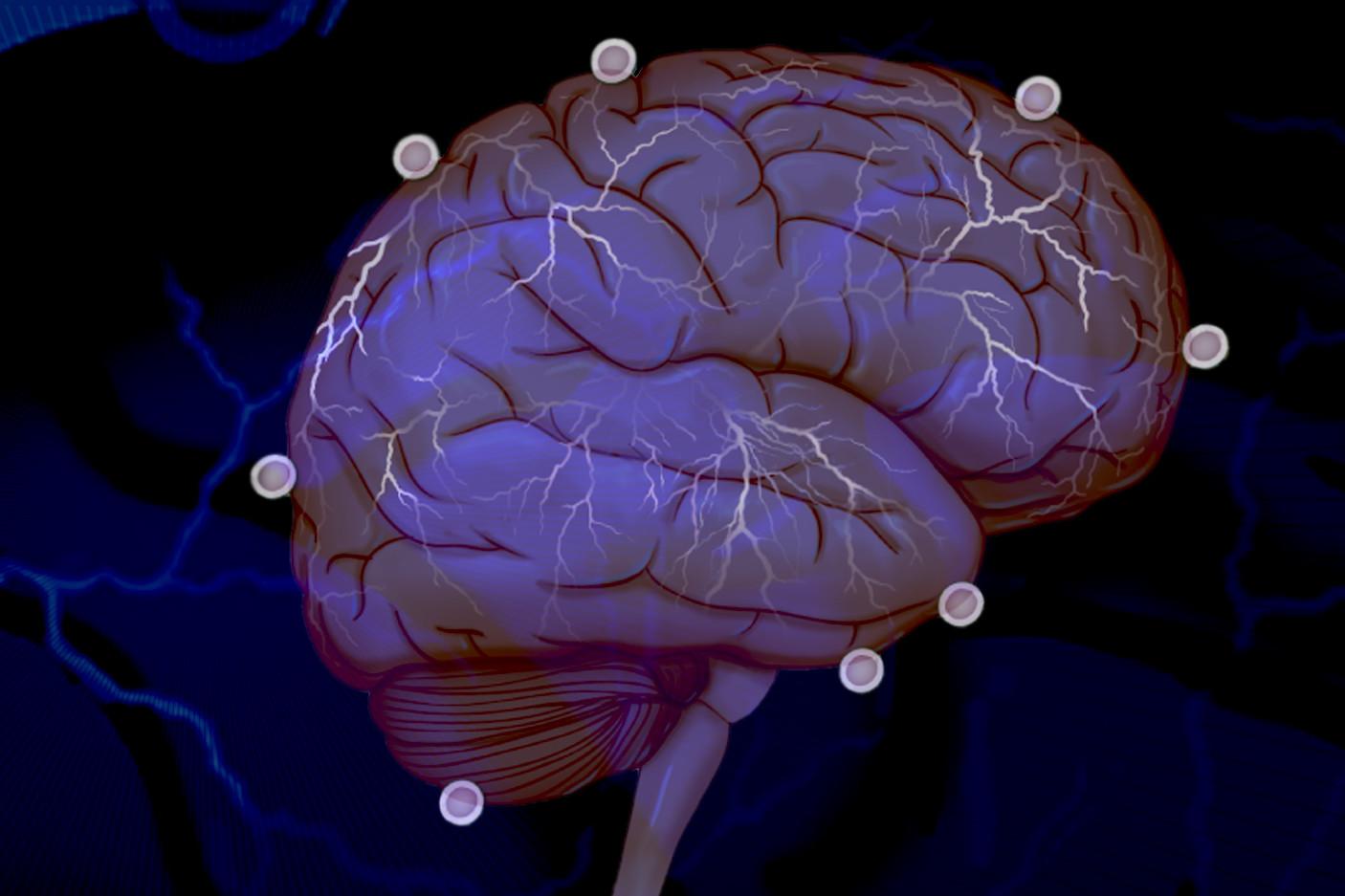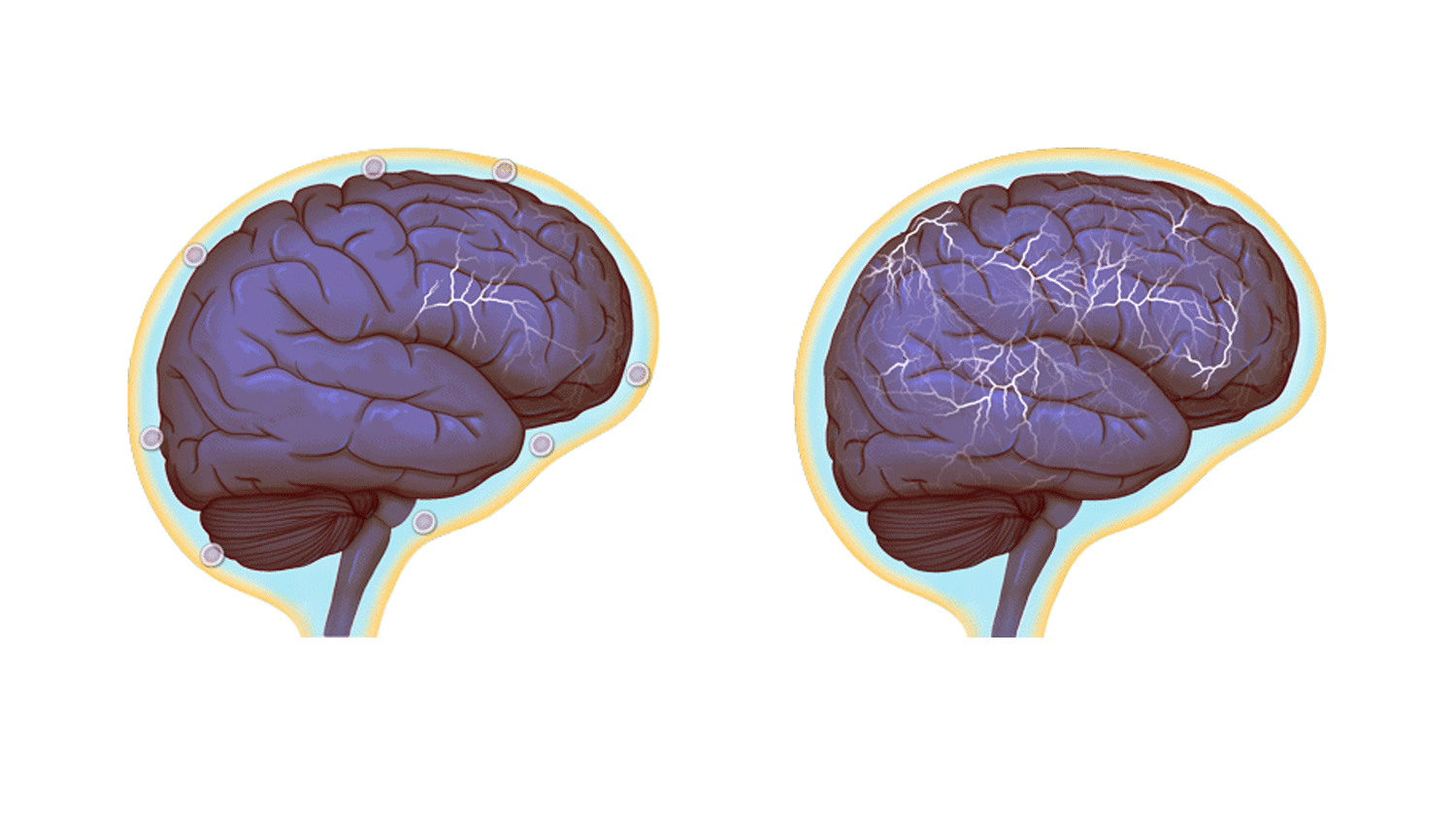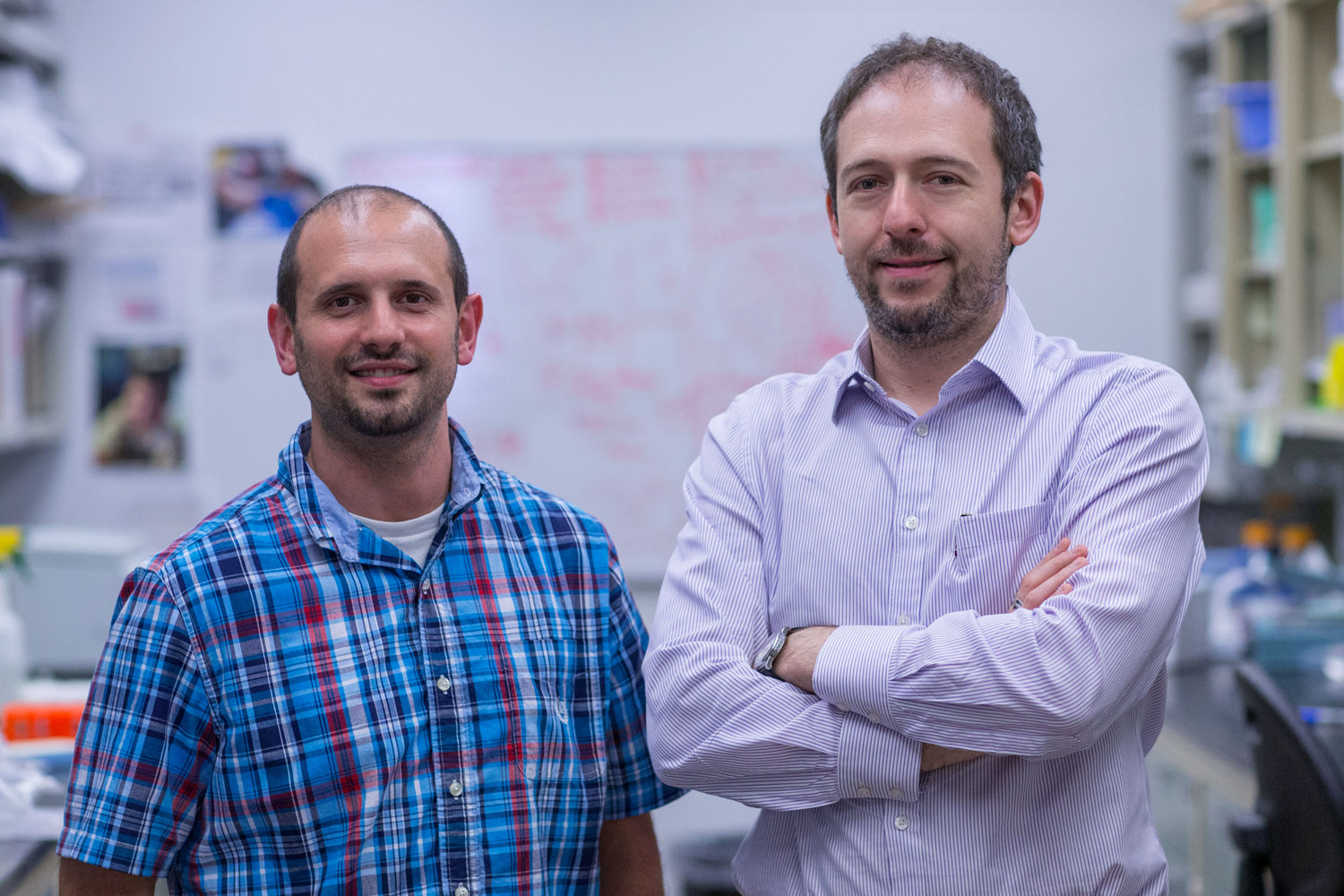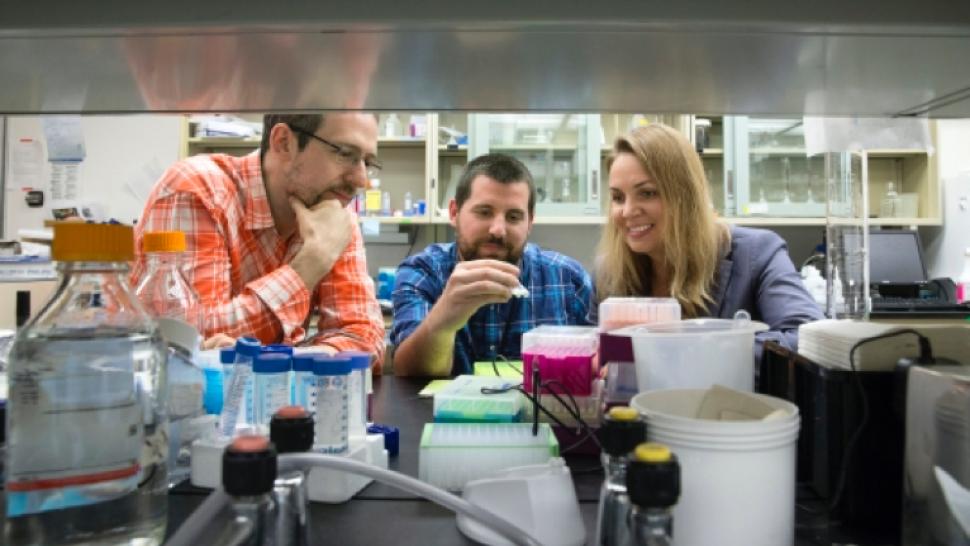 |
| This is definitely not a scene from "A Clockwork Orange." Allen Brain Observatory |
As the mice watched a computer screen, their glowing neurons pulsed through glass windows in their skulls.
Using a device called
a two-photon microscope, researchers at the
Allen Institute for Brain Science could peer through those windows and record, layer by layer, the workings of their little minds.
The result, announced July 13, is
a real-time record of the visual cortex — a brain region shared in similar form across mammalian species — at work. The data set that emerged is so massive and complete that its creators have named it the
Allen Brain Observatory.
Bred for the lab, the mice were genetically modified so that specific cells in their brains would fluoresce when they became active. Researchers had installed the brain-windows surgically, slicing away tiny chunks of the rodents' skulls and replacing them with five-millimeter skylights.
Sparkling neurons of the mouse visual cortex shone through the glass as images and short films flashed across the screen. Each point of light the researchers saw translated, with hours of careful processing, into data:
- Which cell lit up?
- Where in the brain?
- How long did it glow?
- What was the mouse doing at the time?
- What was on the screen?
The researchers imaged the neurons in small groups, building a map of one microscopic layer before moving down to the next. When they were finished, the activities of 18,000 cells from several dozen mice were recorded in their database.
The problem the Brain Observatory wants to solve is straightforward. Science still does not understand the brain's underlying code very well, and individual studies may turn up odd results that are difficult to interpret in the context of the whole brain.
A decade ago, for example, a widely-reported study appeared to find a single neuron in a human brain that always — and only —
winked on when presented with images of Halle Berry. Few scientists suggested that this single cell actually stored the subject's whole knowledge of Berry's face. But without more context about what the cells around it were doing, a more complete explanation remained out of reach.
"
When you're listening to a cell with an electrode, all you're hearing is [its activity level] spiking," said
Shawn Olsen, another researcher on the project. "
And you don't know where exactly that cell is, you don't know its precise location, you don't know its shape, you don't know who it connects to."
Imagine trying to assemble a complete understanding of a computer given only facts like under certain circumstances, clicking the mouse makes lights on the printer blink.
To get beyond that kind of feeling around in the dark, the Allen Institute has taken what Olsen calls an "industrial" approach to mapping out the brain's activity.
"Our goal is to systematically march through the different cortical layers, and the different cell types, and the different areas of the cortex to produce a systematic, mostly comprehensive survey of the activity," Olsen explained. "It doesn't just describe how one cell type is responding or one particular area, but characterizes as much as we can a complete population of cells that will allow us to draw inferences that you couldn't describe if you were just looking at one cell at a time."
In other words, this project makes its impact through the grinding power of time and effort.
 |
| A visualization of cells examined in the project. Allen Brain Observatory |
Researchers showed the mice moving horizontal or vertical lines, light and dark dots on a surface, natural scenes, and even clips from Hollywood movies.
The more abstract displays target how the mind sees and interprets light and dark, lines, and motion, building on existing neuroscience. Researchers have known for decades that particular cells appear to correspond to particular kinds of motion or shape, or positions in the visual field. This research helps them place the activity of those cells in context.
One of the most obvious results was that the brain is noisy, messy, and confusing.
"Even though we showed the same image, we could get dramatically different responses from the same cell. On one trial it may have a strong response, on another it may have a weak response," Olsen said.
All that noise in their data is one of the things that differentiates it from a typical study, de Vries said.
"
If you're inserting an electrode you're going to keep advancing until you find a cell that kind of responds the way you want it to," he said. "
By doing a survey like this we're going to see a lot of cells that don't respond to the stimuli in the way that we think they should. We're realizing that the cartoon model that we have of the cortex isn't completely accurate."
Olsen said they suspect a lot of that noise emerges from whatever the mouse is thinking about or doing that has nothing to do with what's on screen. They recorded videos of the mice during data collection to help researchers combing their data learn more about those effects.
The best evidence for this suspicion? When they showed the mice more interesting visuals, like pictures of animals or clips from the film "Touch of Evil," the neurons behaved much more consistently.
"We would present each [clip] ten different times," de Vries said. "And we can see from trial to trial many cells at certain times almost always respond — reliable, repeatable, robust responses."
In other words, it appears the mice were paying attention.
 |
| Allen Brain Observatory |
The Brain Observatory was turned loose on the internet Wednesday, with
its data available for researchers and the public to comb through, explore, and maybe critique.
But the project isn't over.
In the next year-and-a-half, the researchers intend to add more types of cells and more regions of the visual cortex to their observatory. And their long-term ambitions are even grander.
"Ultimately," Olson said,"we want to understand how this visual information in the mouse's brain gets used to guide behavior and memory and cognition."
Right now, the mice just watch screens. But by training them to perform tasks based on what they see, he said they hope to crack the mysteries of memory, decision-making, and problem-solving. Another parallel observatory created using electrode arrays instead of light through windows will add new levels of richness to their data.
So the underlying code of mouse — and human — brains remains largely a mystery, but the map that we'll need to unlock it grows richer by the day.
Jul. 13, 2016














































